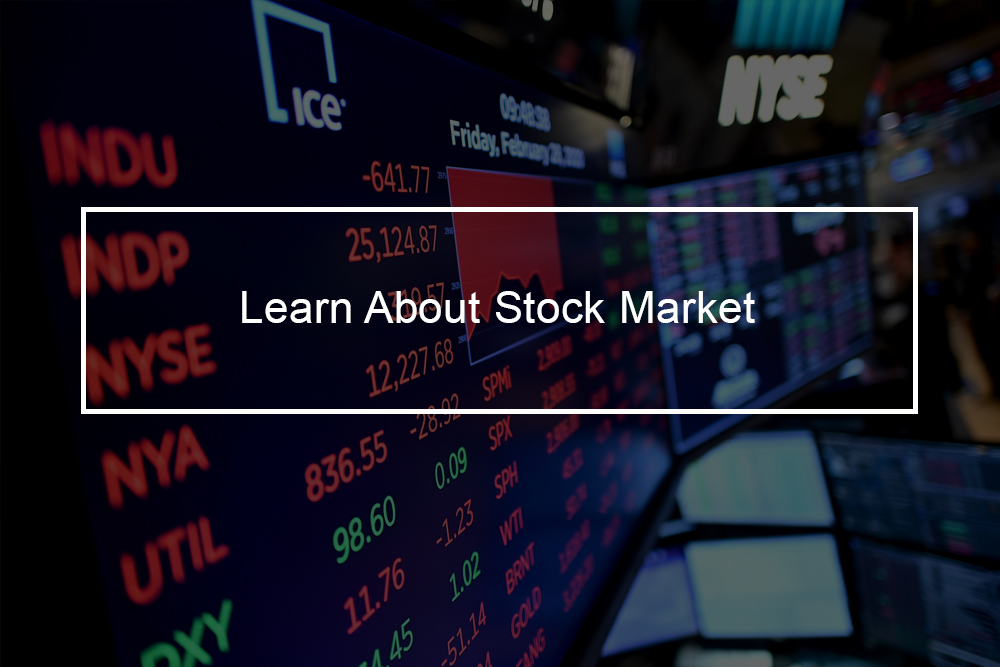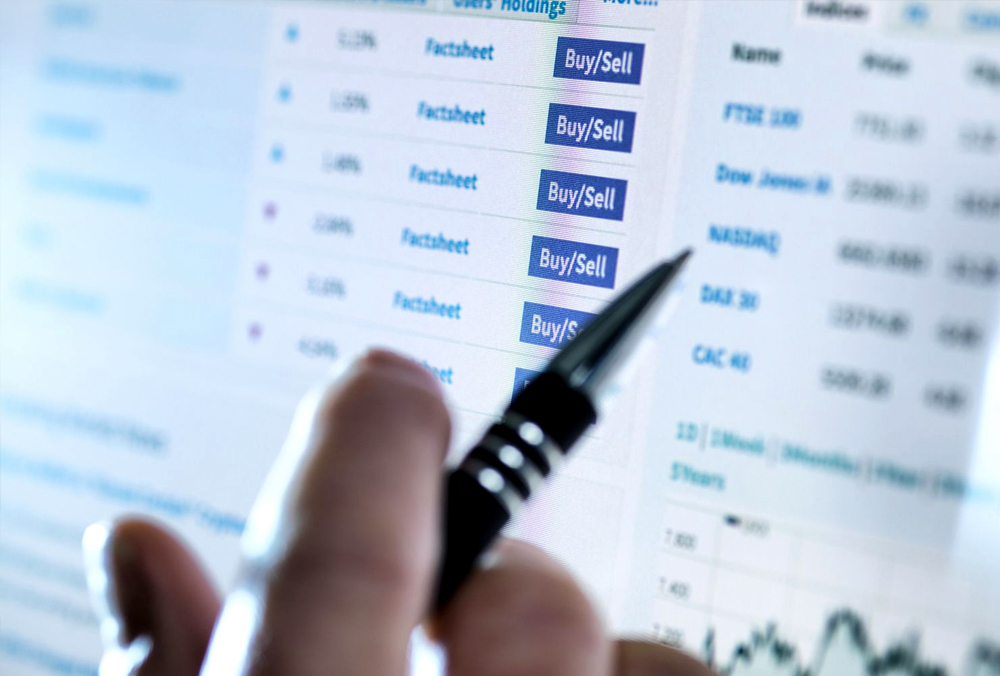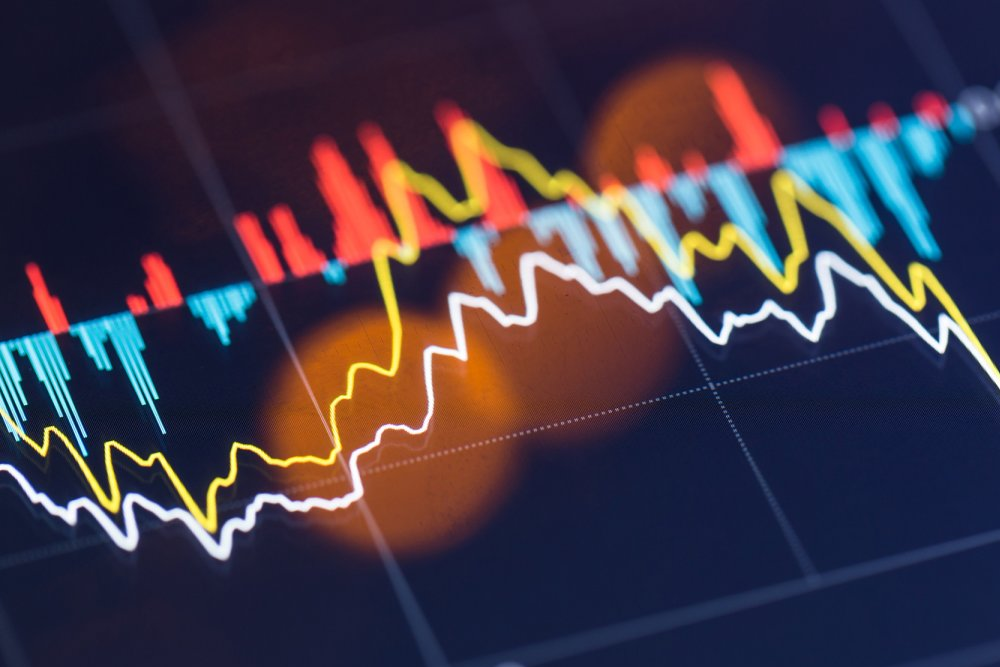
The stock market: How it works?
If the thought in the stock market terrifies you, you are not alone. People with very limited experience in stock investing are either scared by horror stories of the standard investor losing fifty percent of their portfolio value-for instance, in the two bear markets that have already happened in this millennium- or charmed by hot tips that come with the promise of huge rewards but rarely pay off. Then, it does not come as a surprise that the pendulum of investment sentiment is reported to swing between greed and fear.
The actuality is that investing in the stock market comes with risk; however, when approached in a disciplined way, it is one of the most effective ways to create one’s net worth. Whereas the value of one’s home typically accounts for most of the net worth of the average individual, most of the rich and affluent usually have the majority of their wealth invested in stocks. To understand the logistics of the stock market, let us dive into the article.
What is the stock market?
The term stock market frequently refers to one of the leading stock market indexes, like the S&P 500 or Dow Jones Industrial Average. Since it is challenging to track every stock, these indexes incorporate a section of the stock market, and their execution is viewed as representative of the whole market. You may see a news headline that indicates the stock market closed up or down or has moved lower. Frequently, this means stock market indexes have stepped down or up, meaning the stocks within the index have either lost or gained value as a whole. Investors who purchase and sell stocks hope to turn a profit via this movement in stock prices.
How does the stock market work?
The idea behind how the stock market works is straightforward. Operating more like an auction house, the stock allows buyers and sellers to negotiate prices and make trades. The stock market works via a network of exchanges- you might have heard of the Nasdaq or New York Stock Exchange. Organizations list shares of their stock on an exchange via a process known as an initial public offering, or IPO. Investors buy those shares, which enables the organization to raise money to grow its business. Investors can then purchase and sell these stocks among themselves, and the exchange traces the supply and demand of every listed stock.
That demand and supply assist determine the price for every security or the levels at which stock market participants- traders and investors- are willing to purchase or sell. Typically, computer algorithms do most of those calculations. Buyers provide a bid, or the highest amount they are willing to pay, which is often lower than the amount sellers request for in exchange. This difference is known as the bid-ask spread. For a trade to happen, a buyer requires to increase his price or a seller requires to decrease hers.
Historically, stock trades possibly took place in a physical marketplace. Today, the stock market works electronically, via the internet and online stockbrokers. Every business occurs on a stock-by-stock basis; however, overall stock prices frequently move in tandem as a result of the news, economic reports, political events, and other components.
Matching sellers and buyers
Some stock markets depend on professional traders to maintain constant offers and bids since an inspired buyer or seller might not find each other at a given moment. These are known as market makers or specialists. A two-sided market comprises an offer and a bid, and the spread is the difference in price between the offer and the bid. The more limited the price spread and the larger the size of the offers and bids ( the amount of shares on every side), the higher the liquidity of the stock. Besides, in case there are many sellers and buyers at sequentially lower and higher prices, the market is said to have good depth.
Stock markets of high quality typically tend to have small bid-ask spreads, good depth, and high liquidity. Similarly, individual stocks of high quality, large organizations may have the same characteristics. Matching sellers and buyers of stocks on an exchange was initially done manually; however, it is now increasingly carried out via computerized trading systems. The manual strategy of trading was based on a system called an open outcry in which traders utilized hand signals and verbal communication to purchase and sell large blocks of stocks on the floor of an exchange or a trading pit.
Nonetheless, the open outcry system has been superseded by electronic trading systems at most exchanges. These systems can match sellers and buyers far more efficiently and rapidly than humans can, resulting in significant benefits like lower trading costs and faster trade execution.
How to invest in the stock market?
In case you have 401(k) via your workplace, you might already be invested in the stock market. Mutual funds, which are frequently composed of stocks from many different organizations, are collective in 401(k)s. You can buy individual stocks via a brokerage account or a personal retirement account, such as IRA. Both accounts can be charged at an online broker, via which you can sell and purchase investments. The broker functions as the middleman between you and the stock exchanges.
Any investment has risks. However, stocks carry more risk and more potential reward- than other securities. Whereas the history of the market of gains suggests that a diversified stock portfolio will amplify in value over time; the stock also experiences sudden dips. To make a diversified portfolio without purchasing many individual stocks, you can invest in a kind of mutual fund known as an exchange-traded fund or an index fund. These funds purpose to passively mirror the performance of an index by holding all the investments or stocks in that index. For instance, you can invest in both the S&P 500 and DJIA together with market indexes via index EFTs and index funds.
Market sector and cap
Whereas stocks can be categorized in several ways, two of the most common are by sector and market capitalization. Market capitalization refers to the absolute market value of an organization’s outstanding shares and is calculated by multiplying the present market price of one share with these shares. Whereas the exact definition might vary based on the market, large-cap organizations are typically considered as those with a market capitalization of between $2 billion and $10 billion, and small-cap organizations fall between $300 million and $2 billion.
The market standard for stock classification was established by sector is the Global Industry Classification Standard(GICS), which was created by S&p Dow Jones Indices and MSCI in 1999 as an efficient tool to capture the depth, breadth, and evolution of market sectors. GICs is a four-tiered market classification system that comprises eleven areas and twenty-four groups.
The eleven areas are:
- Real Estate
- Utilities
- Communication Services
- Information Technology
- Financials
- Health Care
- Consumer Staples
- Consumer Discretionary
- Industrials
- Materials
- Energy
This sector categorization makes it simple for investors to tailor their portfolios by their threat tolerance and investment preference. For instance, conservative investors with income needs might weigh their portfolios toward sectors whose constituent stocks have better price stability and offer attractive dividends known as defensive sectors like health care, consumer staples, and utilities. Aggressive investors may prefer more volatile sectors like information financials, technology, and energy.
Mutual funds and stock are ideal for a long time horizon- such as retirement; however, unsuitable for a short-term investment (typically defined as money you require for an expense within five years). With a hard-deadline and short-term investment, there is a higher chance you will require that money back before the industry has had time to recuperate losses.













